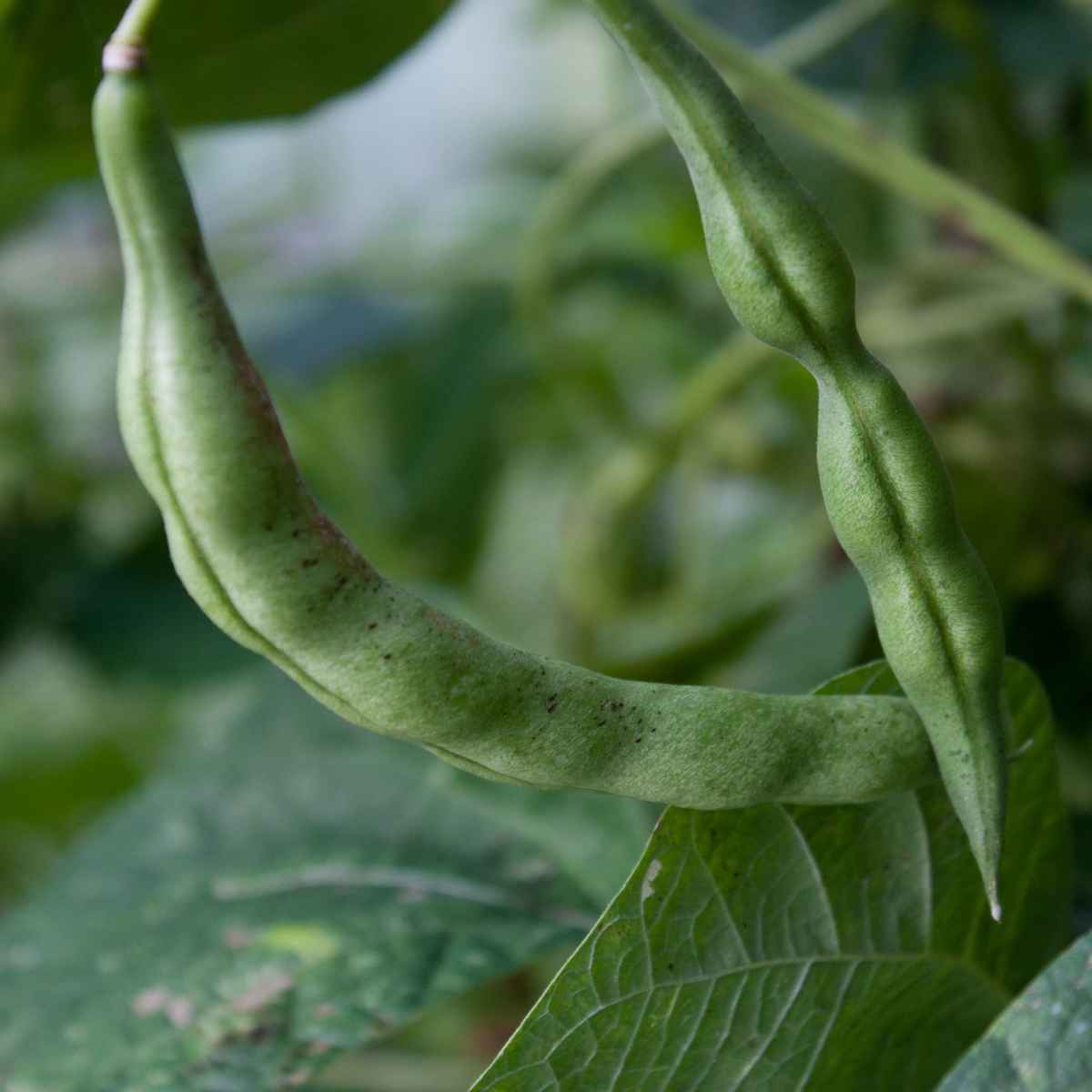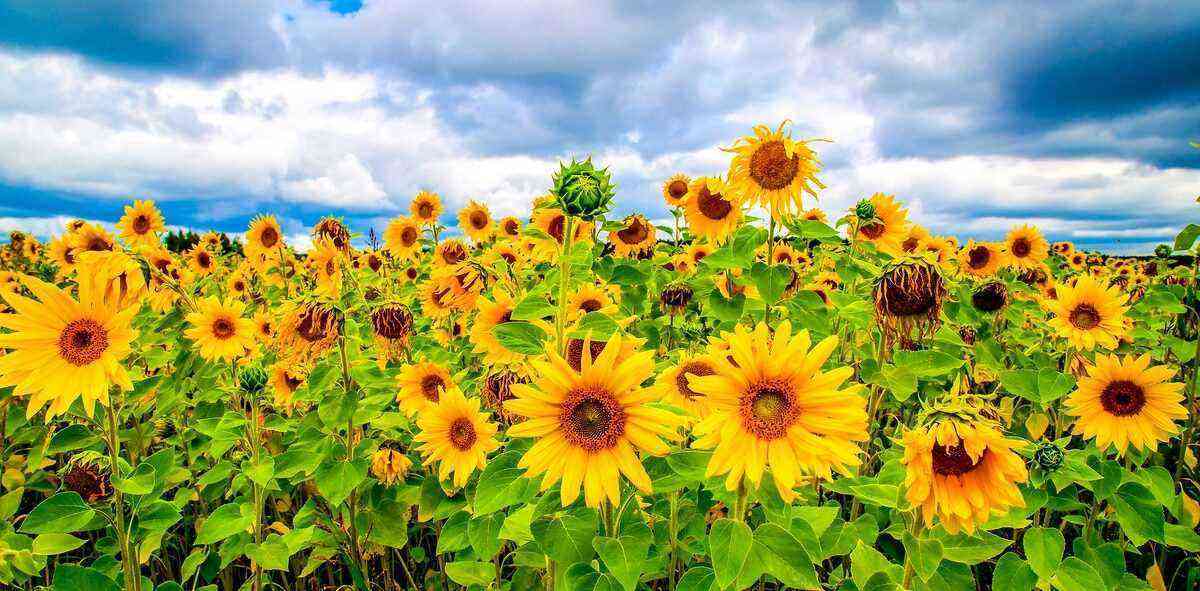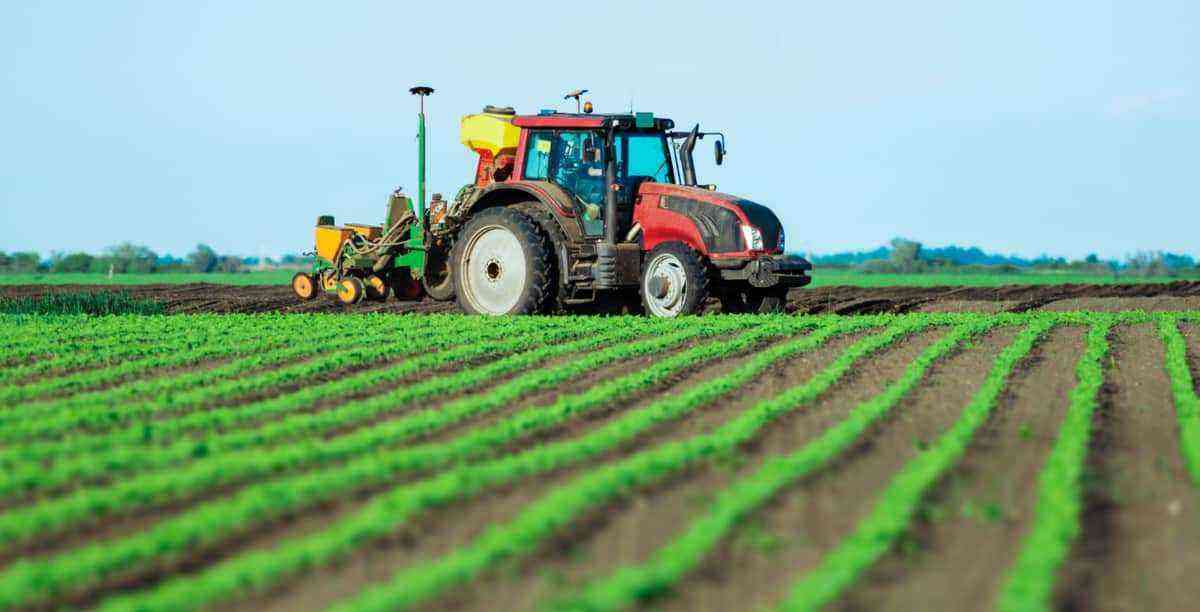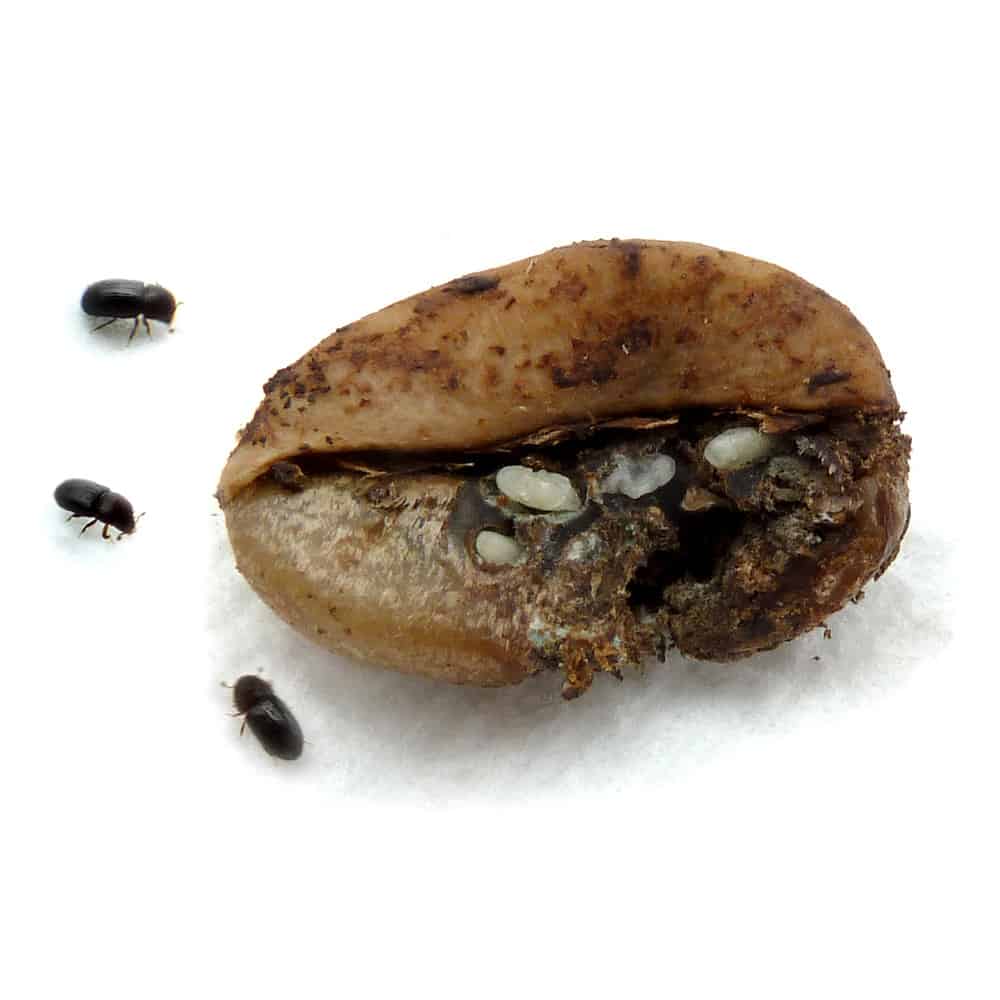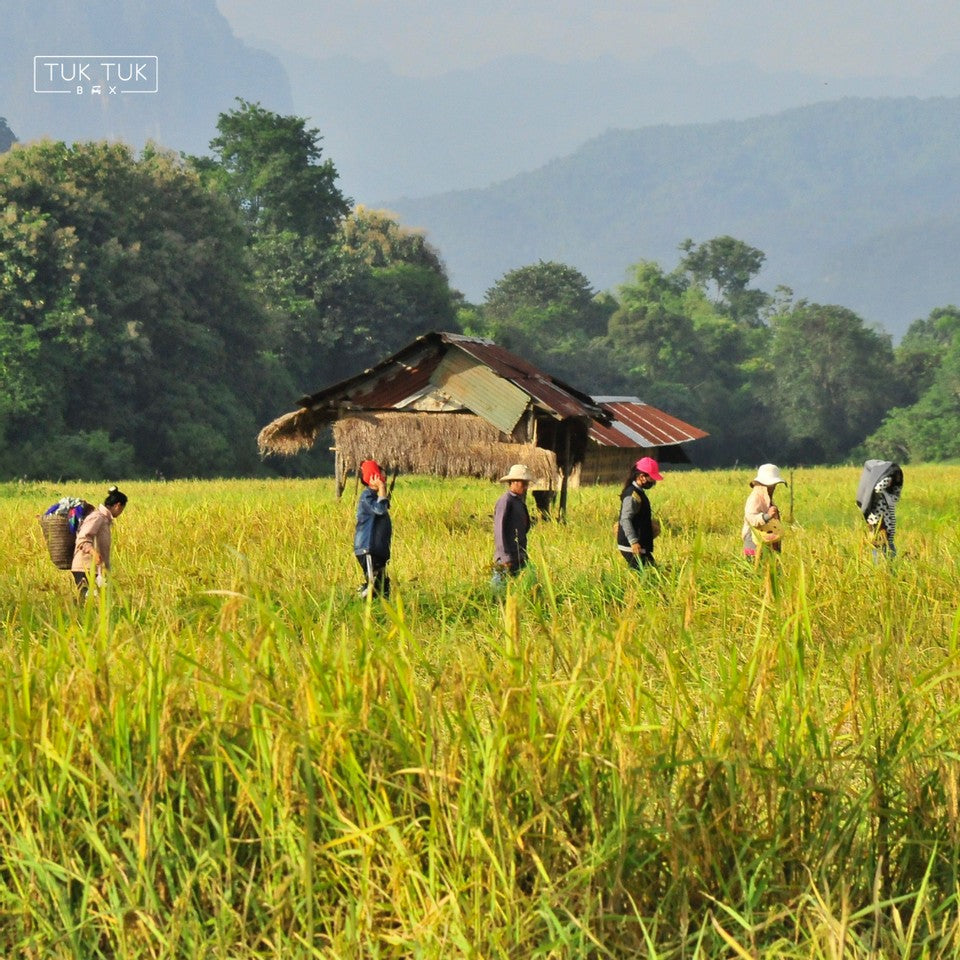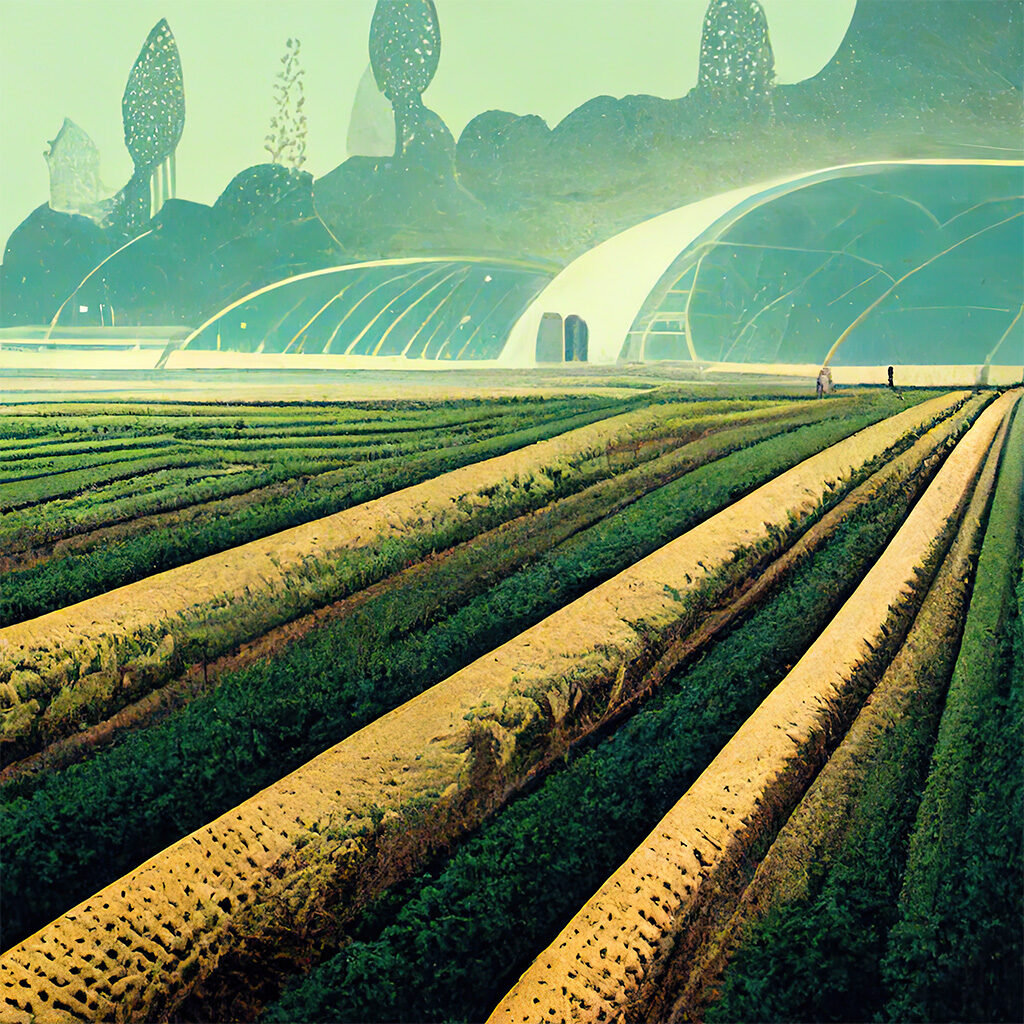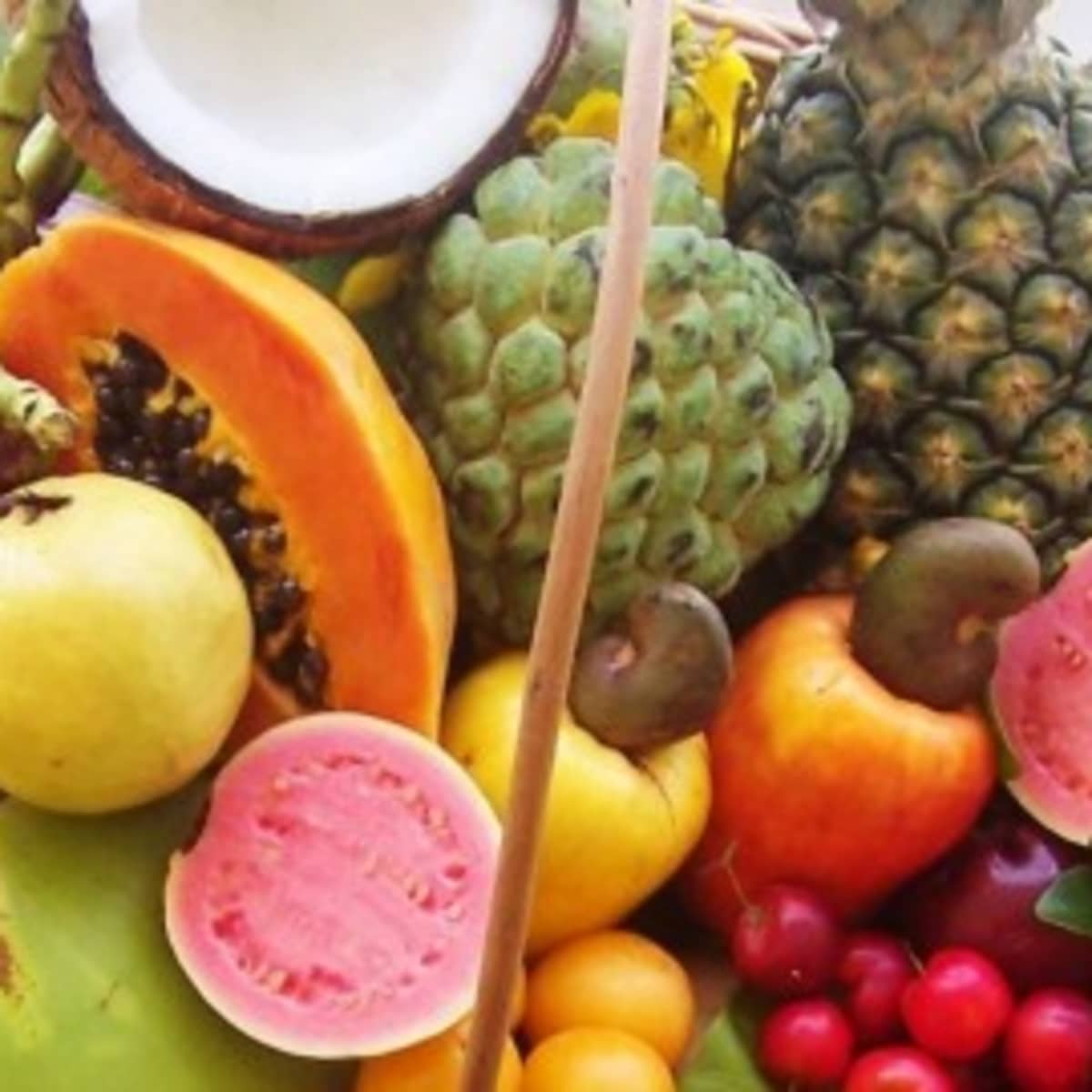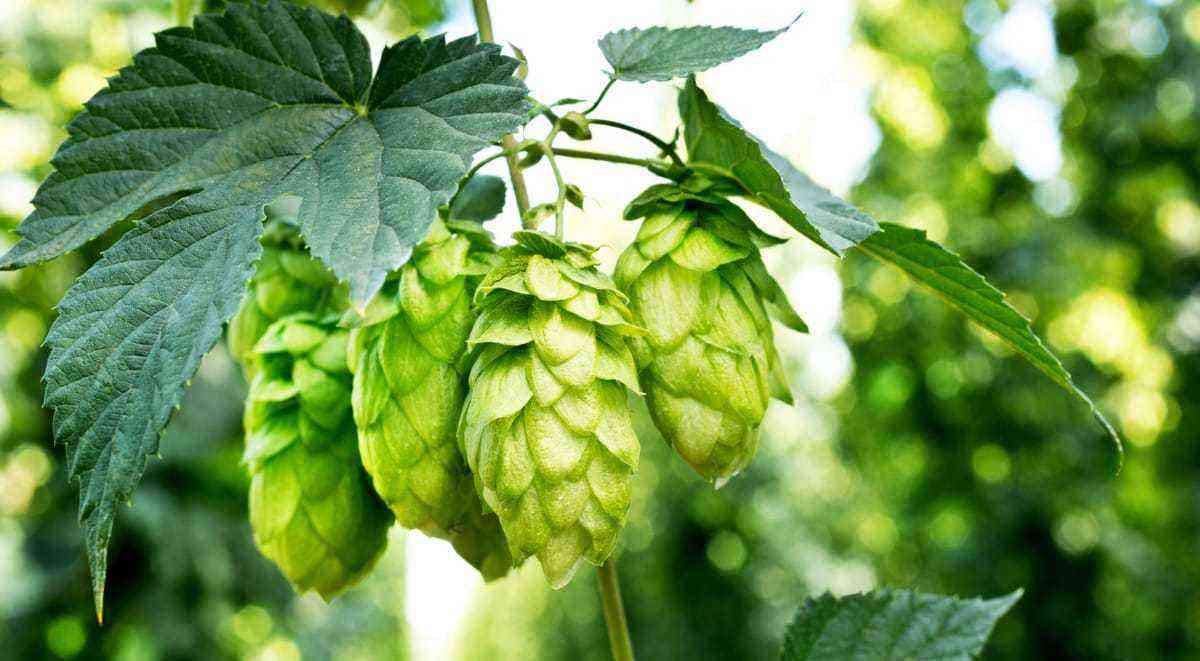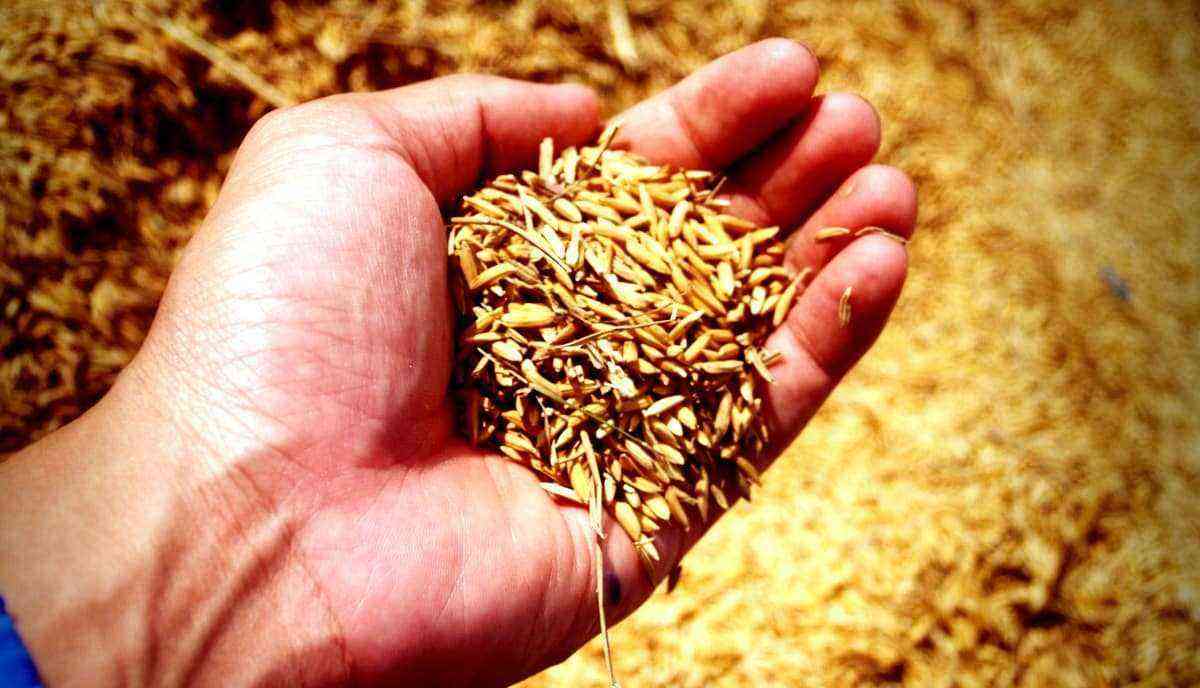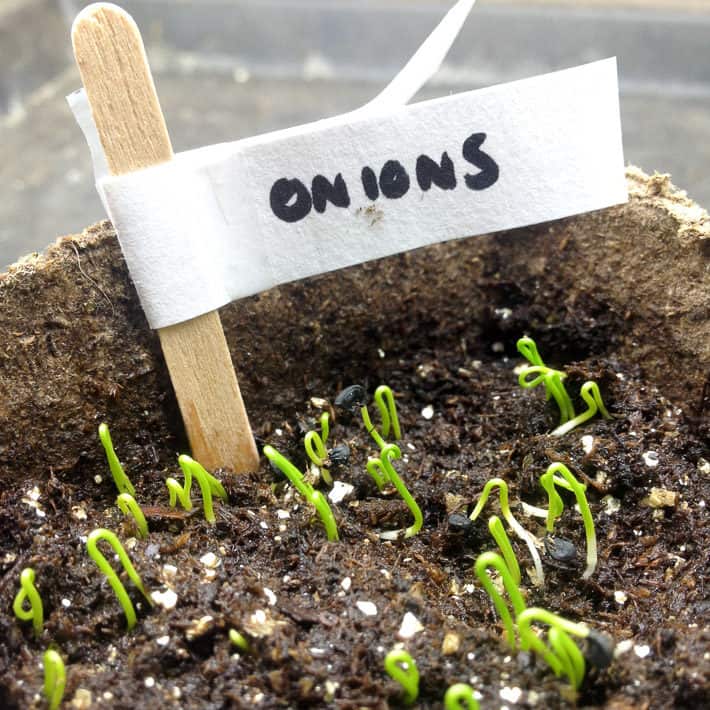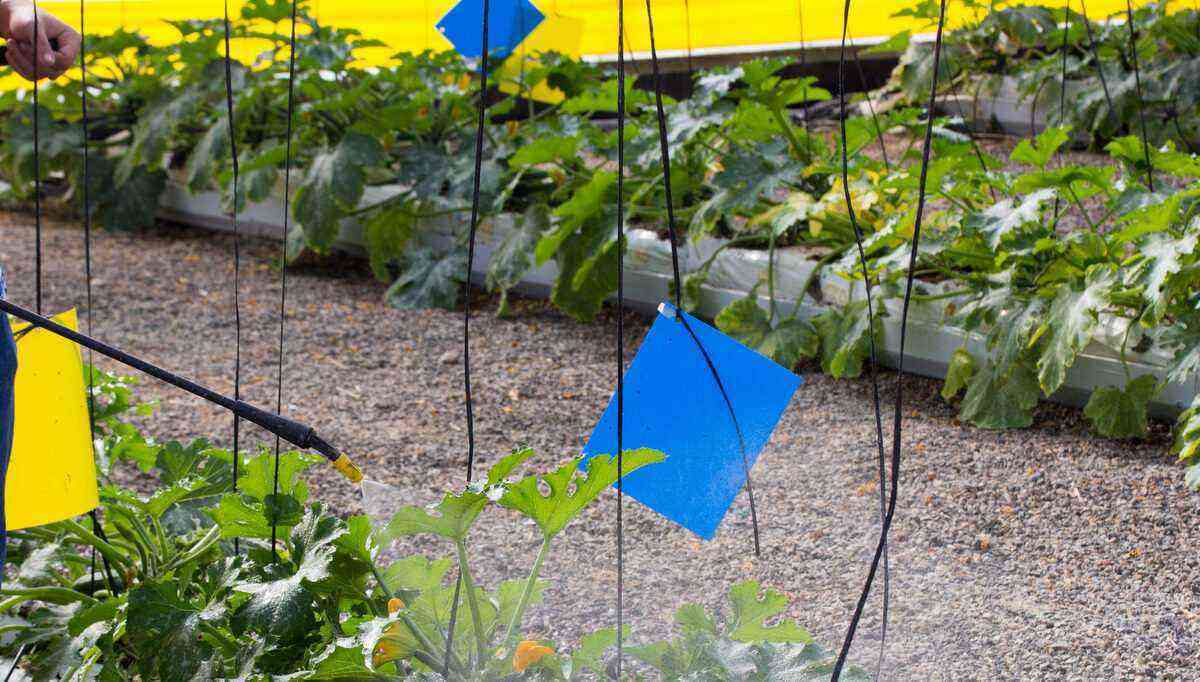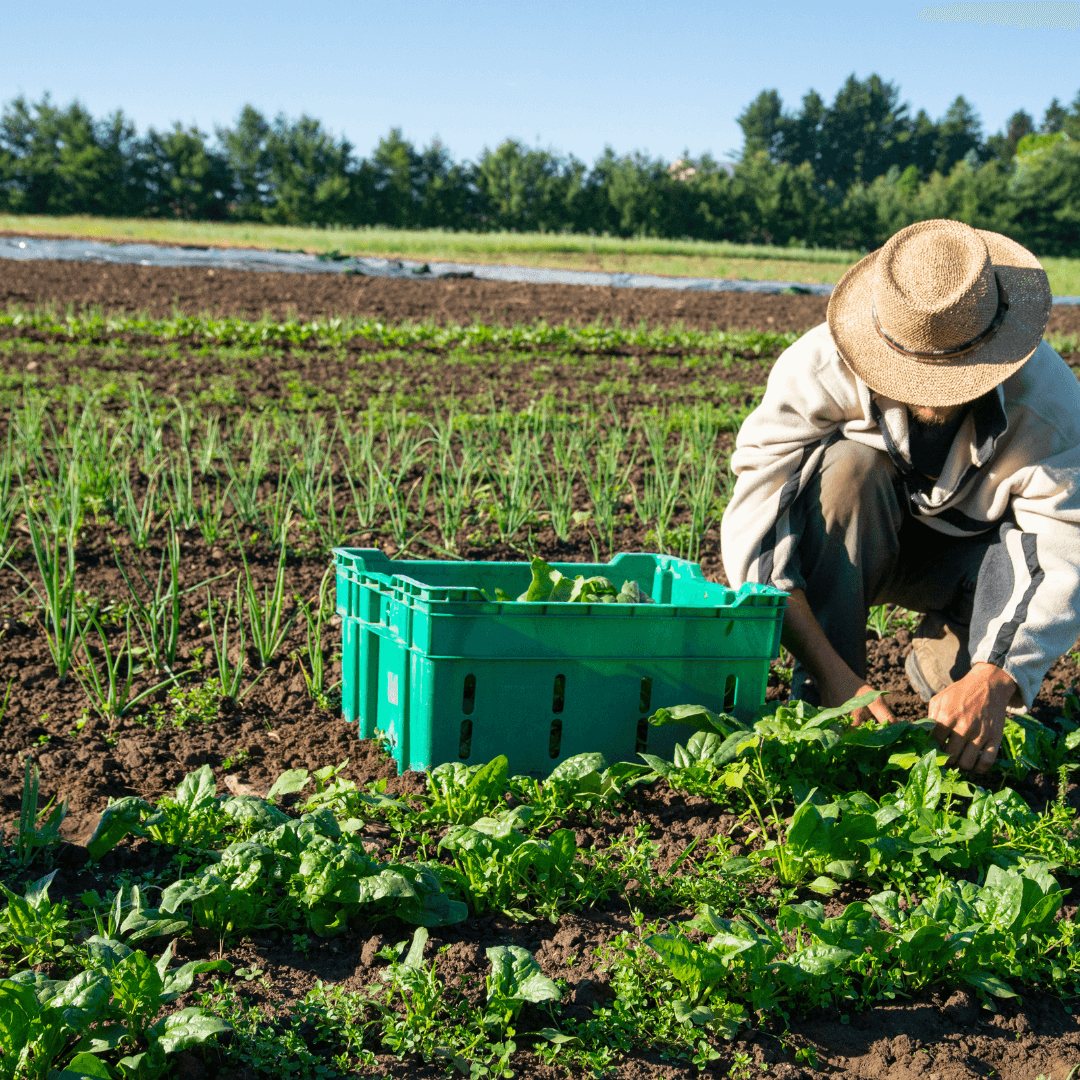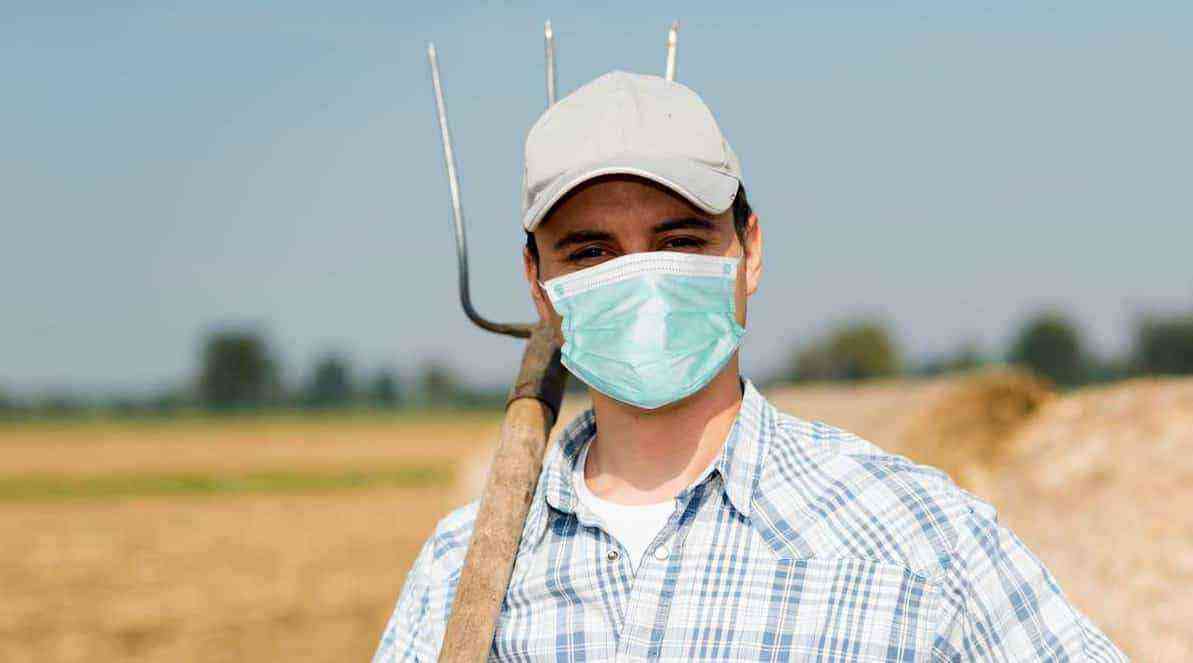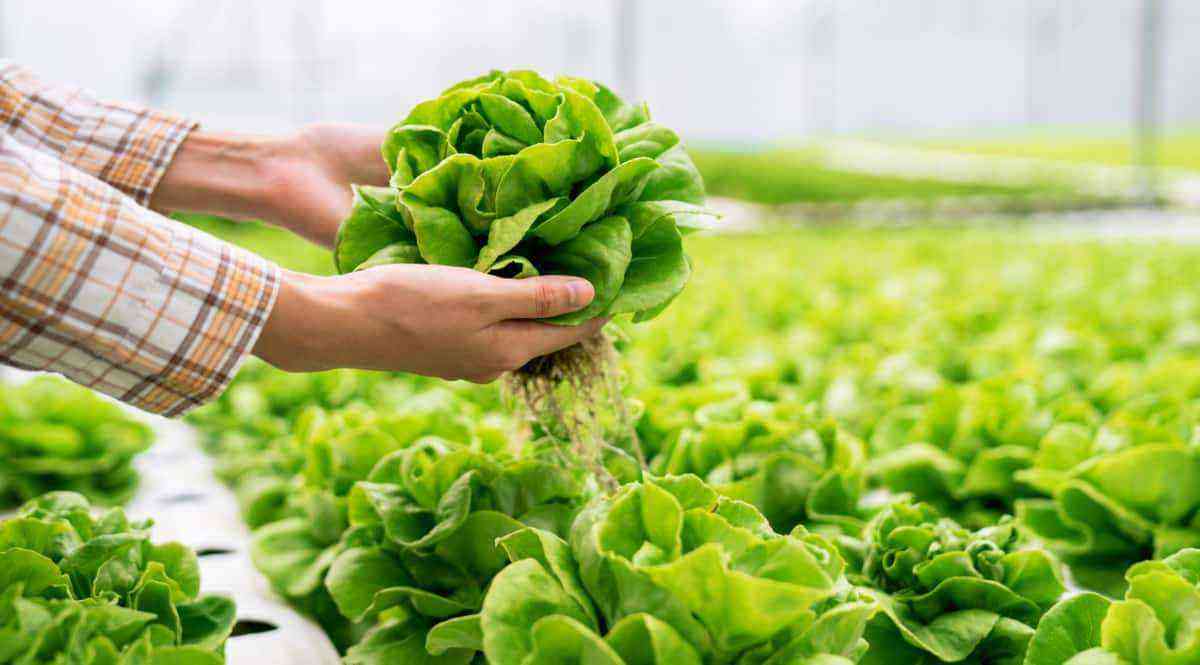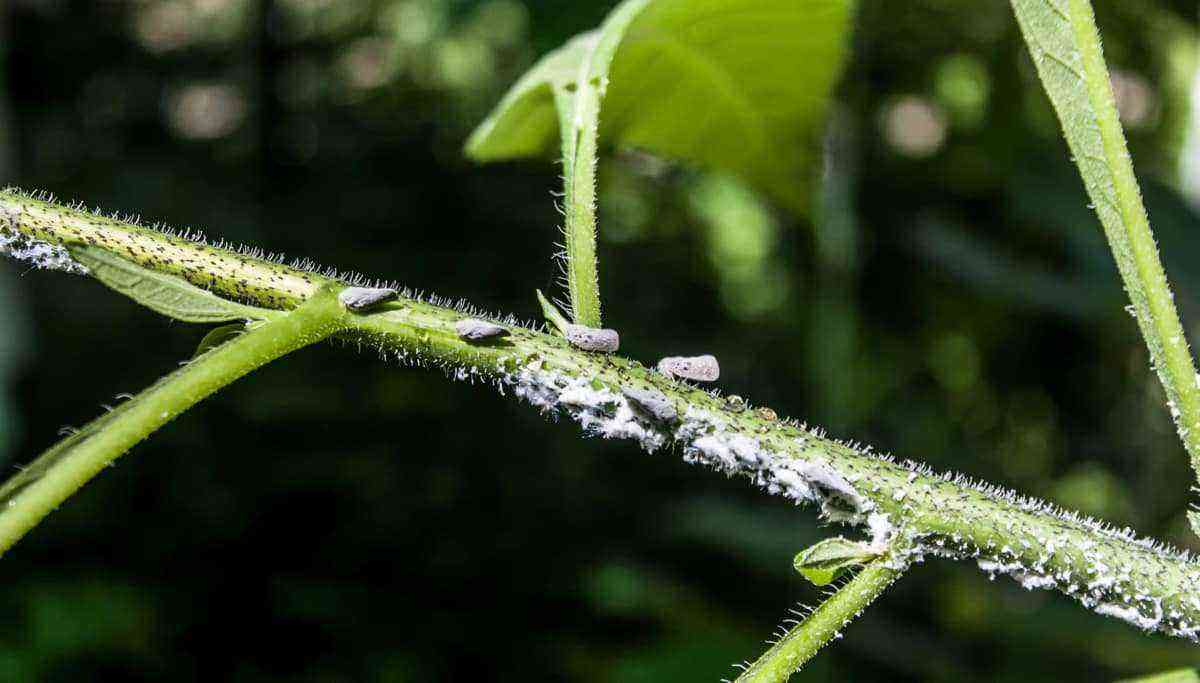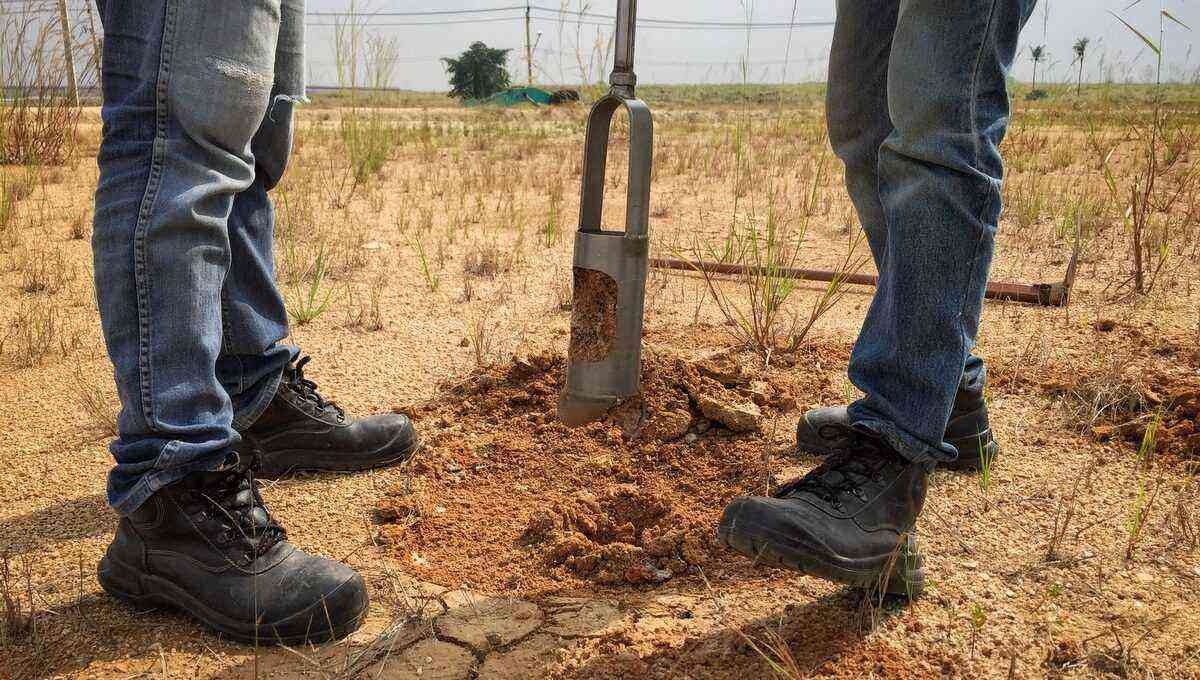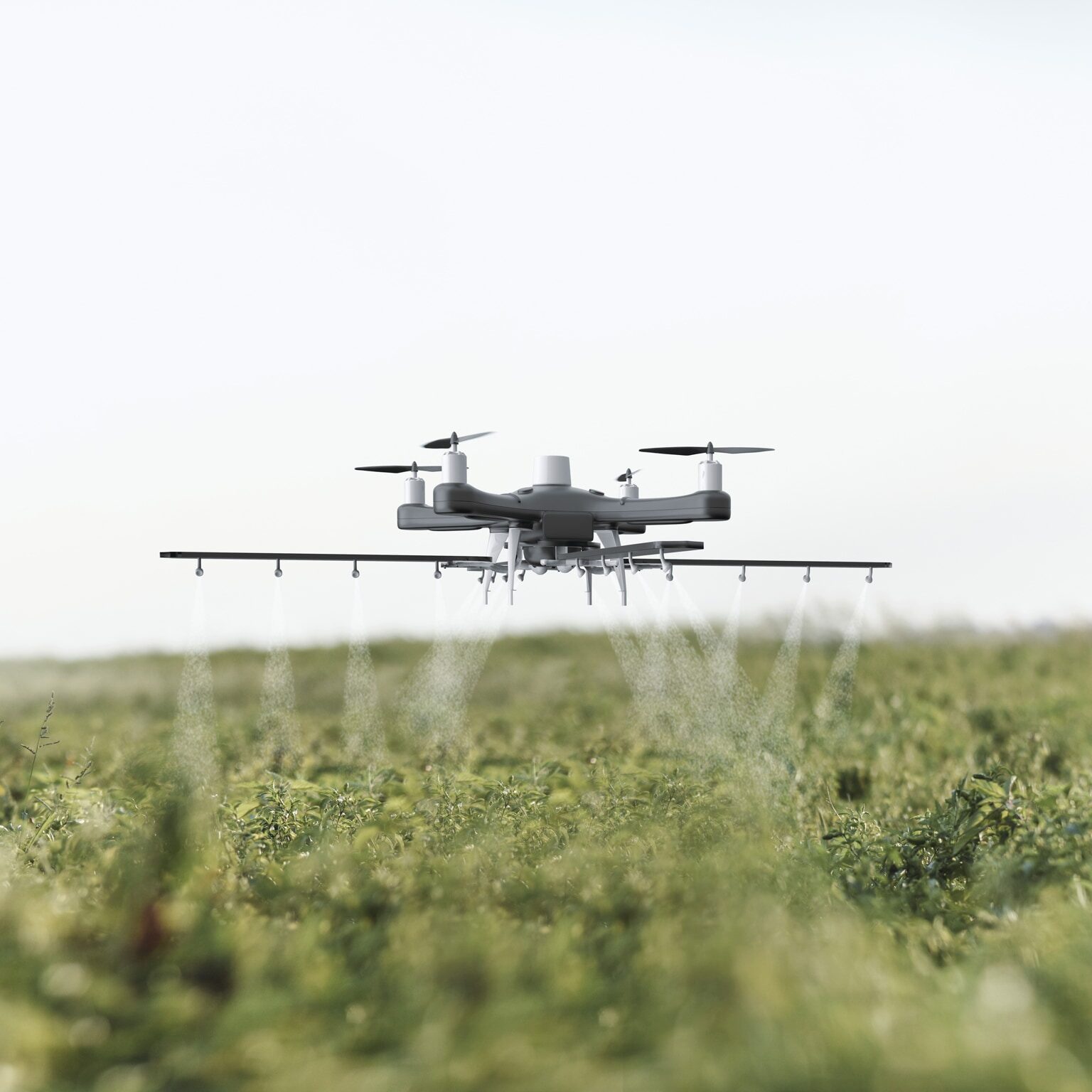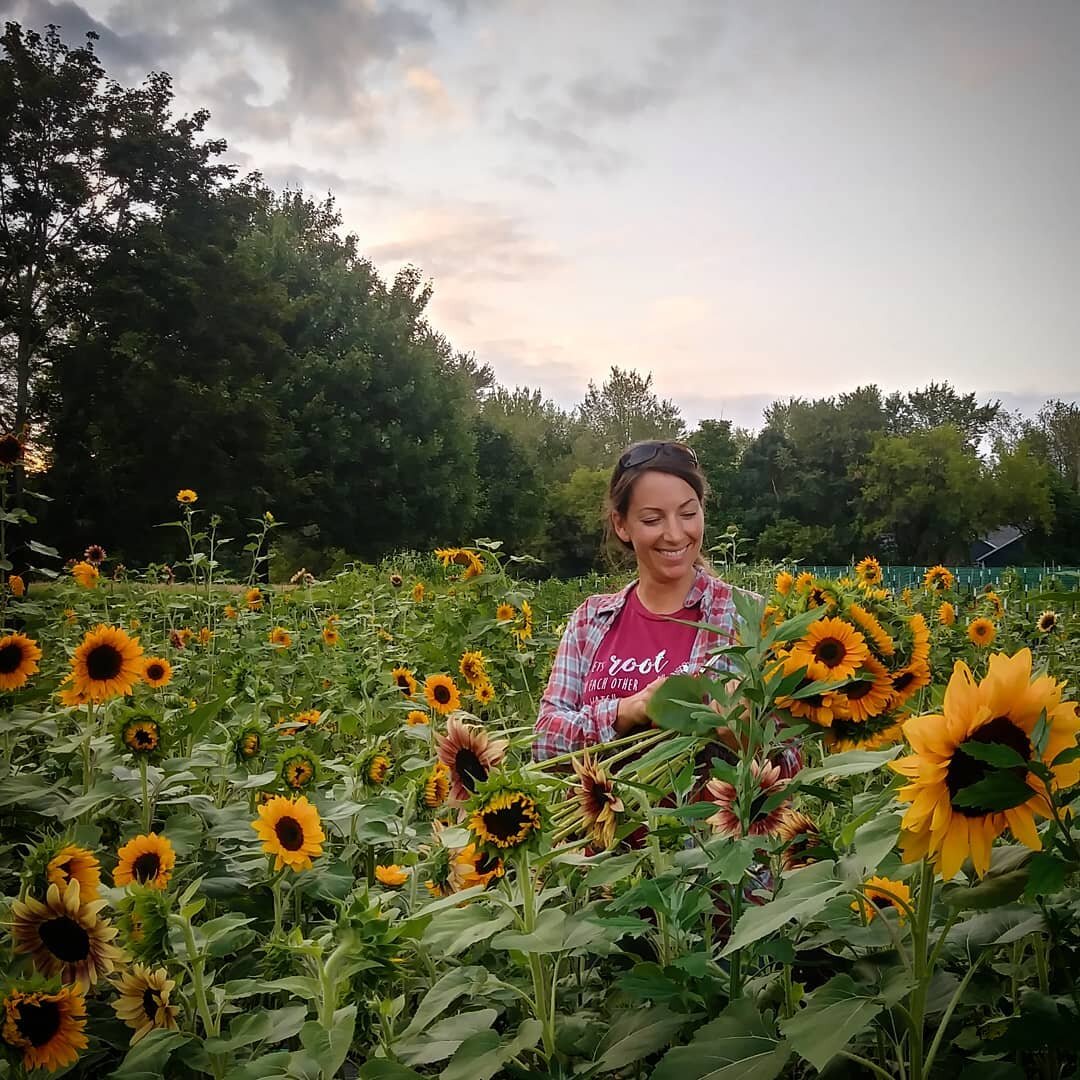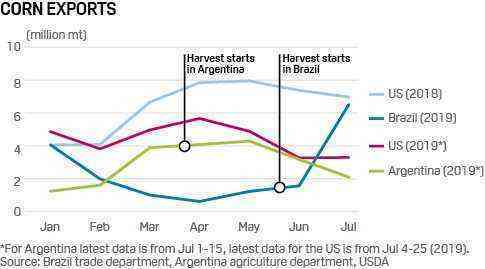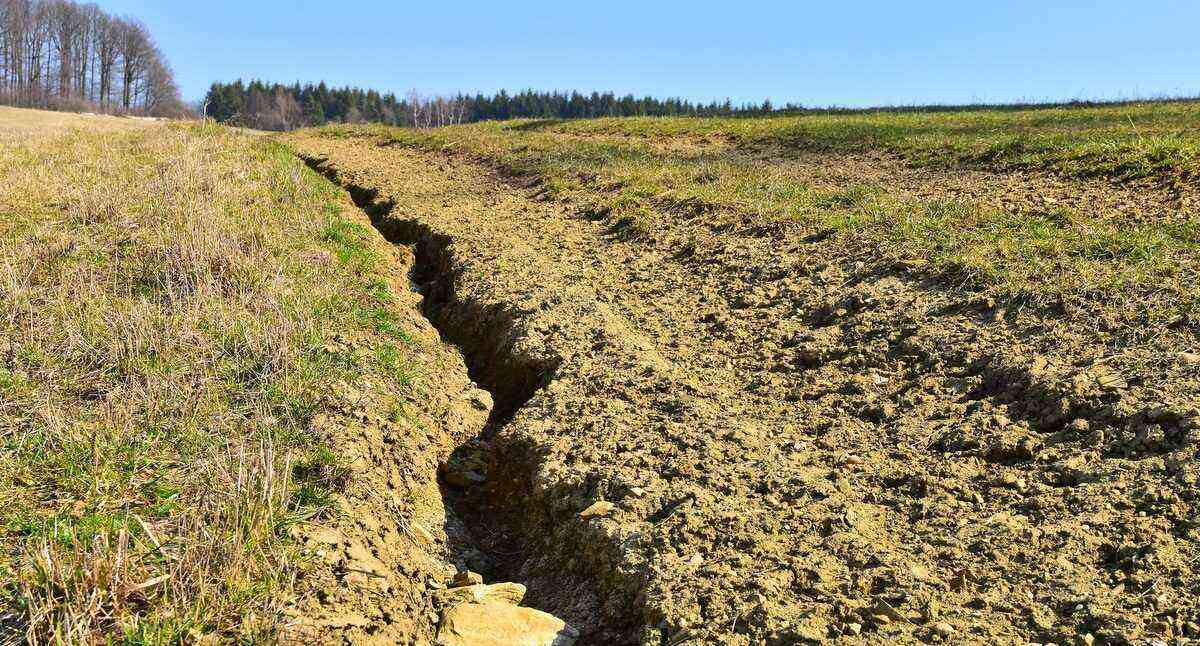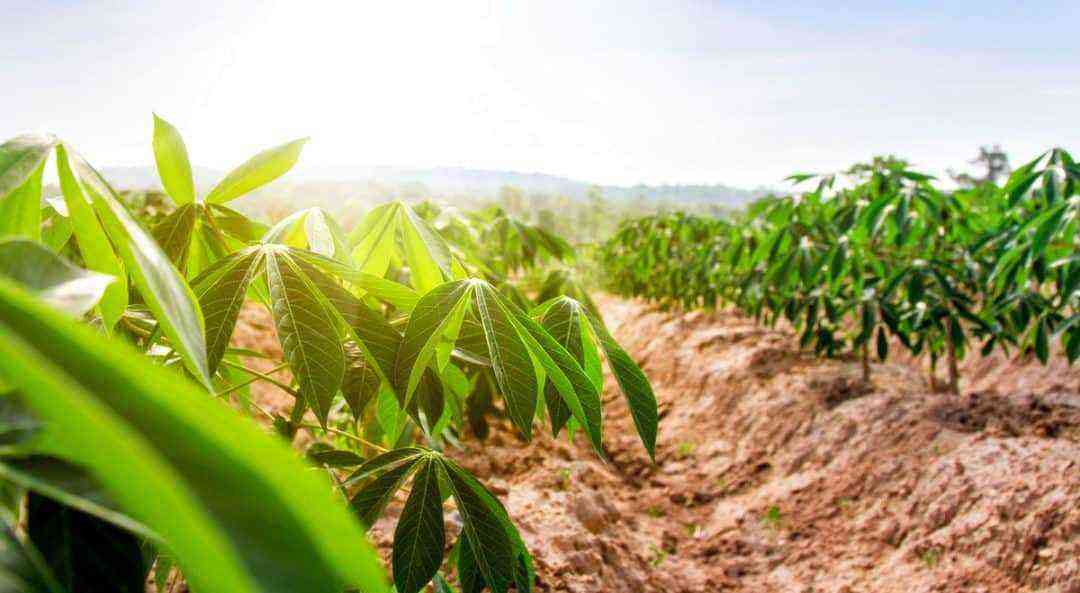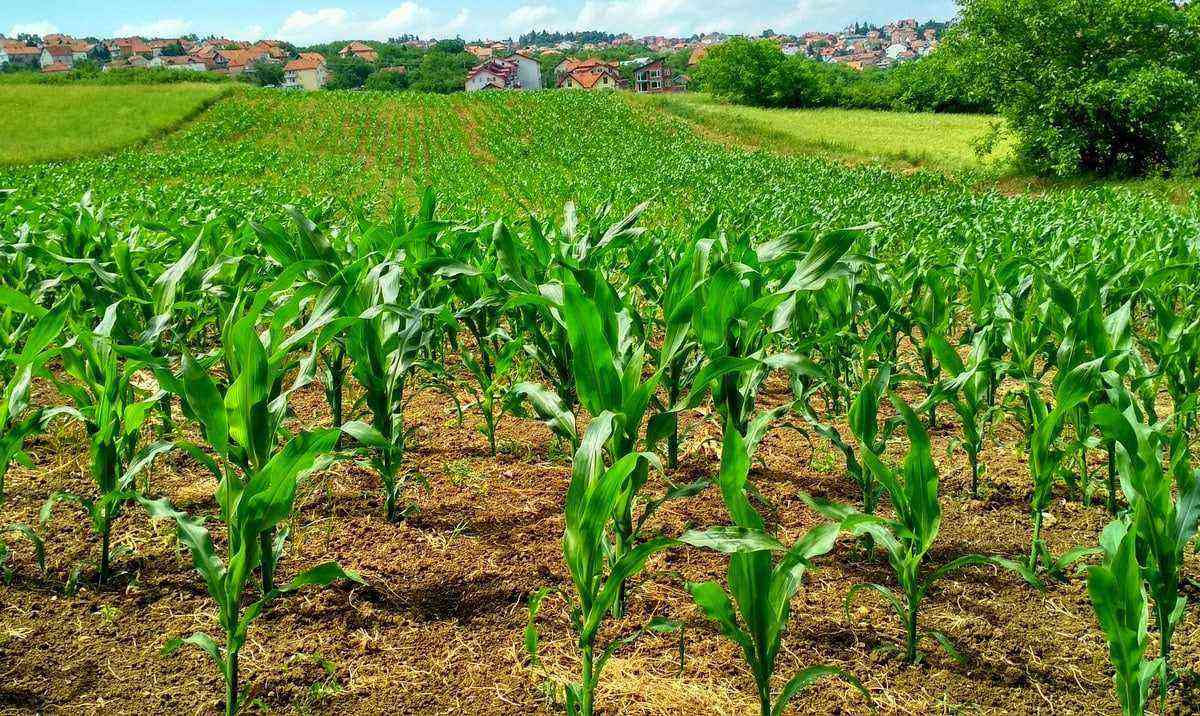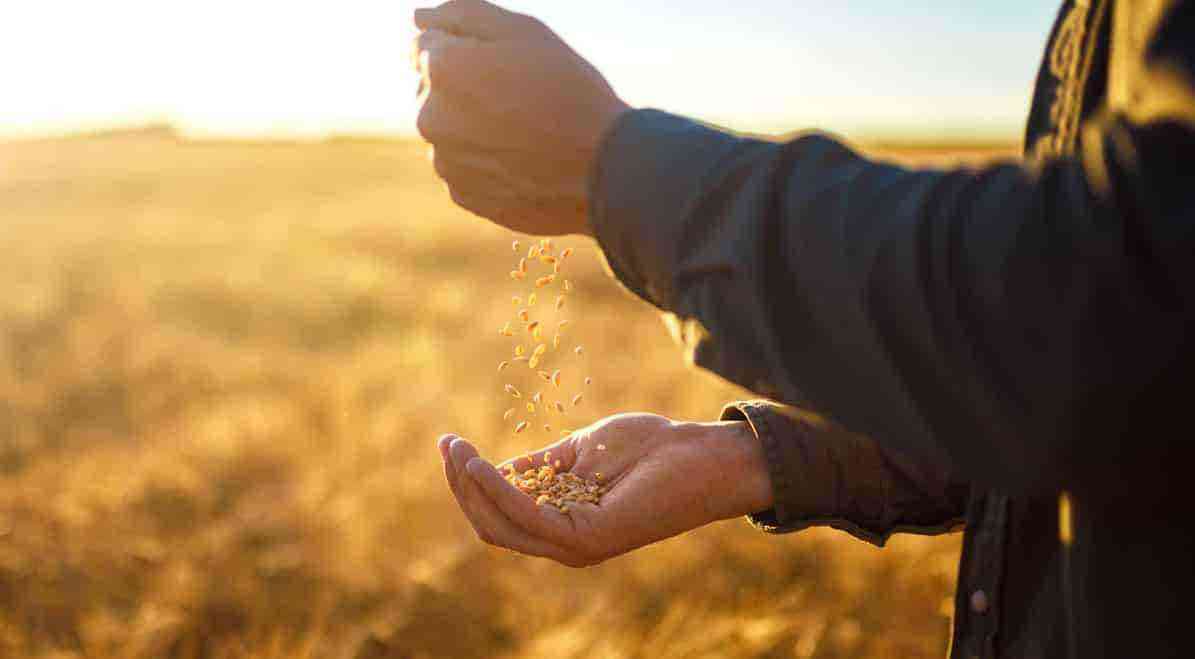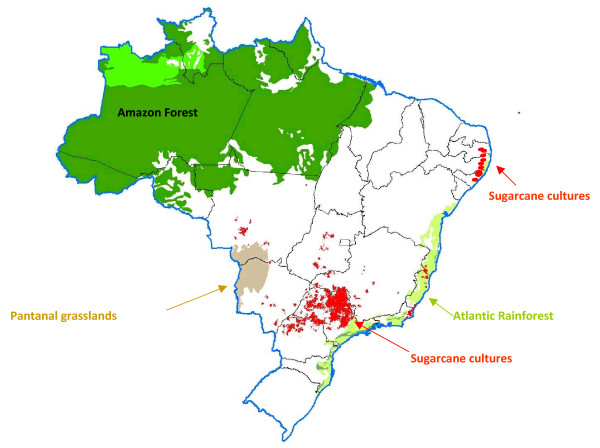By Marcelo Franco
Today, March 22, is World Water Day, one of the most fundamental elements for the existence of life in our world. It quenches, hydrates, cleans, refreshes, conducts, irrigates and even destroys and kills. We revere its strength and importance, despite all the carelessness in preserving it in a sustainable way for future generations.
Celebrating the value of this precious element, today we bring you some information about an innovative and efficient agricultural system, whose central point is water. Get to know the Mandalla system, created in northeastern Brazil, which has helped many families and small producers in their survival and quality of life.
MANDALL SYSTEM
Mandalla is a Sanskrit word that means circle and, universally, represents harmony and integration.
The Mandalla agricultural system was created by administrator Willy Pessoa about thirty years ago, in Paraíba. Its philosophy is based on the retraining of rural people for self-sustainability, within their own traditional cultural conditions – which includes the environment and culture.

THE PHYSICAL AND FUNCTIONAL STRUCTURE OF THE MANDALLA SYSTEM
The physical structure of the Mandalla System occupies an average area of 50 x 50 meters. It consists of nine concentric circles. Different agricultural crops and animals are cultivated around a water reservoir, which is the essential basis of the system.
The first three circles are made up of a water tank where fish and small animals are farmed – chickens, teals, rabbits and the like. There are fruit and vegetable crops, as well as coffee, sweet potatoes, cassava and the like. On the edges of the third circle medicinal and ornamental plants are grown.
From the first to the third circle, everything is aimed at improving the quality of life of those who live from their own Mandalla System. The three circles provide practically all the necessary food for the family nucleus. In fact, a single Mandalla feeds up to about twenty people. However, these first three circles, in addition to providing all the necessary food for families, promote a minimum initial economic increase, which is achieved by selling the surplus produced.
From the fourth to the eighth circle, the function of crops is to improve the economic condition of families. Farmers choose and grow a rich variety of food plants according to local specimens and market demand. Here, cultivation is essentially intended for the sale of agricultural products to industries, markets and the like.
The ninth is the circle of environmental balance. It involves the other circles and fulfills the functions of protecting the Mandalla System through hedges and windbreaks, providing a part of the animals’ food and inserting the Mandalla, in an ecologically balanced way, into the surrounding environment.
The Mandalla System does not need any type of pesticide due to the peculiar way in which the different agricultural crops are distributed within its structure in the form of concentric circles, which naturally protects them from pests. Therefore, the foods obtained are naturally organic.
The plants are irrigated using water from the central tank, which is pumped and distributed through a simple pyramidal irrigation system made up of six plastic hose tubes, which irrigate the nine circles. The irrigation system is made by micro-sprinkling, through small flexible plastic sticks, such as cotton swabs, which sprinkle water in a diffuse, wide and non-concentrated way, thus benefiting several plants at the same time and preventing soil erosion.
Building the water tank, making the concentric circles and installing the irrigation system takes just a few days to complete. Thus, the installation base of the Mandalla System is fast. The average cost of your complete installation is around R$1.300,00 to R$1.500,00, but this can vary slightly from region to region.

